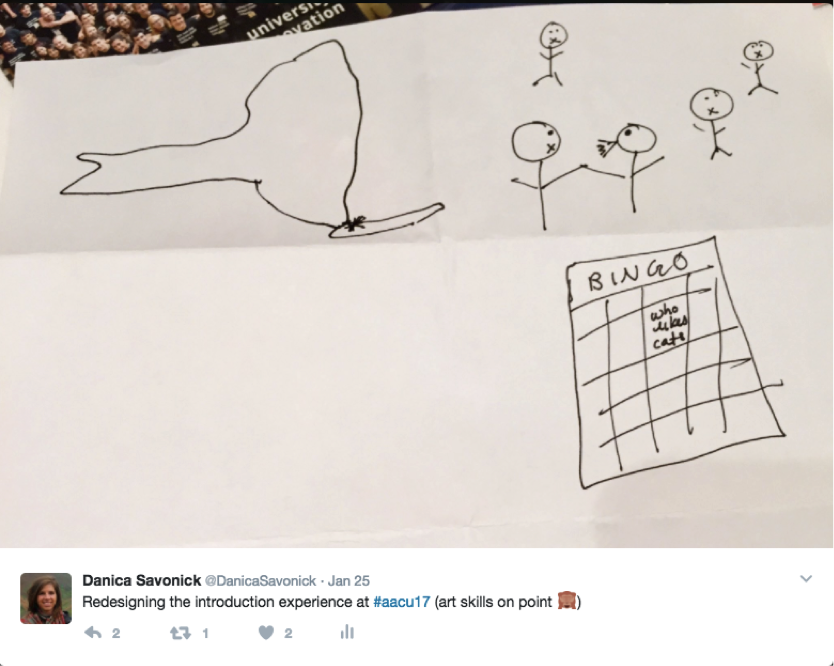At whose expense are service learning and diversity courses effective? Can U.S. education policy stop telling poor students what to do (and instead provide them with resources and opportunities)? How can we avoid reproducing oppressions in our social justice work in education?
These are just some of the difficult and important questions addressed at this year’s AAC&U Annual Meeting, “Building Trust in the Promise of Liberal Education.” Without a doubt, the most common refrain, resounding over and over again, was “so what do we do now?” Now that Trump is president and the intersecting axes of discrimination and oppression are multiplying, intensifying, and sanctioned by the U.S. president.
To back up a bit: the AAC&U is the Association of American Colleges & Universities. Two thousand college and university administrators, presidents, deans, faculty, graduate students, and (to my delight) undergraduates, from all over the world, attended this year’s conference in San Francisco. I was there receiving the 2017 K. Patricia Cross Future Leaders Award and to find out what this AAC&U organization is all about. Without a doubt, the highlight of the conference was getting to know the other recipients – graduate students from different schools and disciplines who are transforming education in order to improve society. Their resumes are impressive, to say the very least, but in person they far exceed what a professional bio can capture. Their generosity, kindness, fierce intellect, humor, determination, care, and bravery are, as Lee Knefelkamp, quoting Maxine Greene, kept saying “a light in dark times.” I hope we will remain friends for years to come.
Read the full post on HASTAC.
